Financial Accounting Case Study: Loan Agreement Ethical Dilemma
VerifiedAdded on 2020/05/28
|5
|939
|91
Case Study
AI Summary
This case study delves into an ethical dilemma faced by Sharon Rock, an assistant accountant at Brady Industrial Products. The company is in violation of a loan agreement's current ratio requirement, and the accountant, Tim O'Shea, suggests misclassifying a loan to avoid breaching the agreement. The analysis examines the ethical implications of this action, including potential financial statement fraud and the violation of ethical codes. The case study explores the threats to objectivity and the importance of evaluating compromising conditions. Sharon is advised to use a "threats and safeguards" approach, analyzing the severity of the ethical dilemma and implementing defense mechanisms. The conclusion suggests that because the loan is nearly current and the company has time to recover, the threat might be acceptable. The study emphasizes the need for accountants to adhere to regulations and maintain ethical conduct, offering a practical framework for navigating complex situations.
1 out of 5
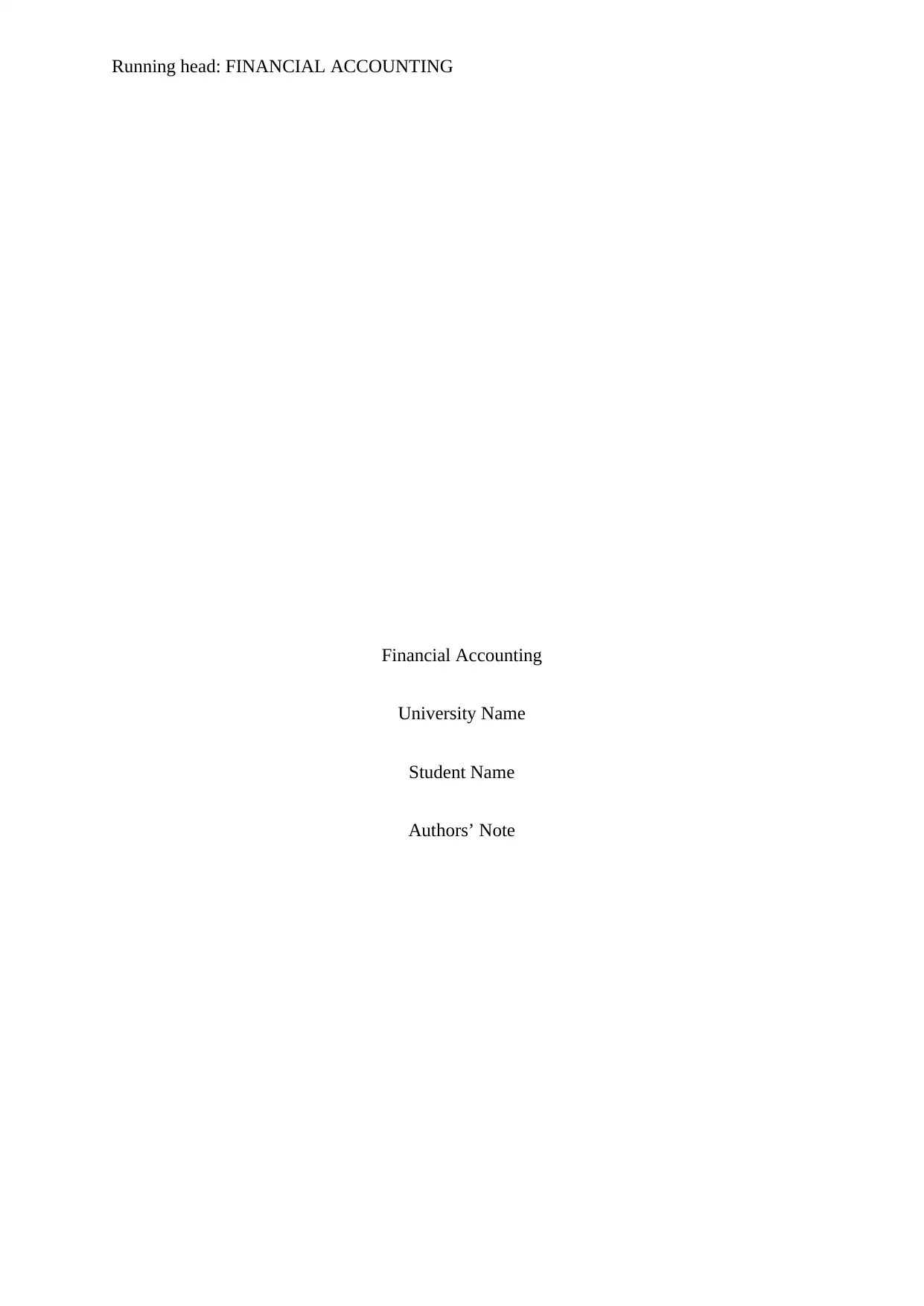
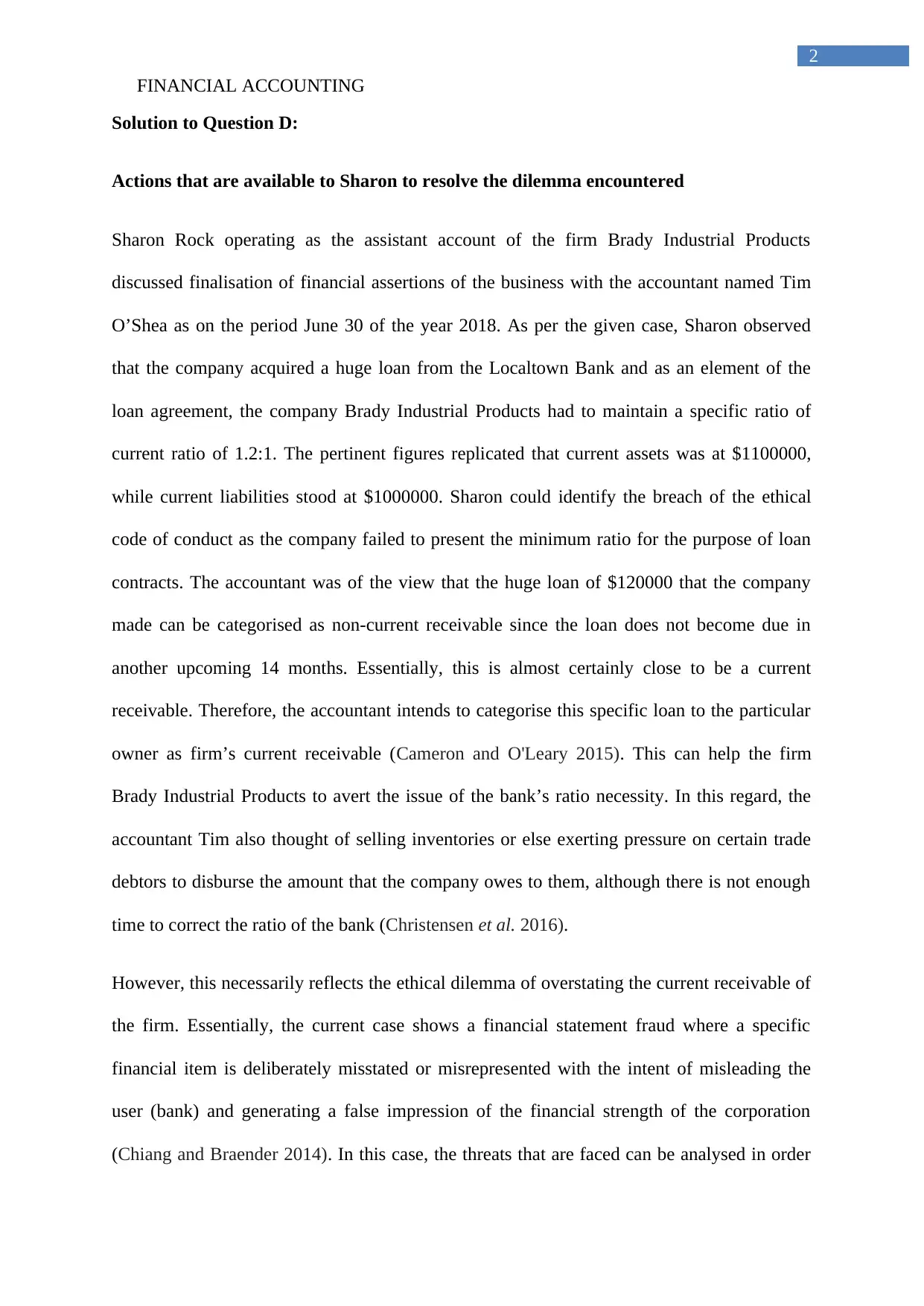
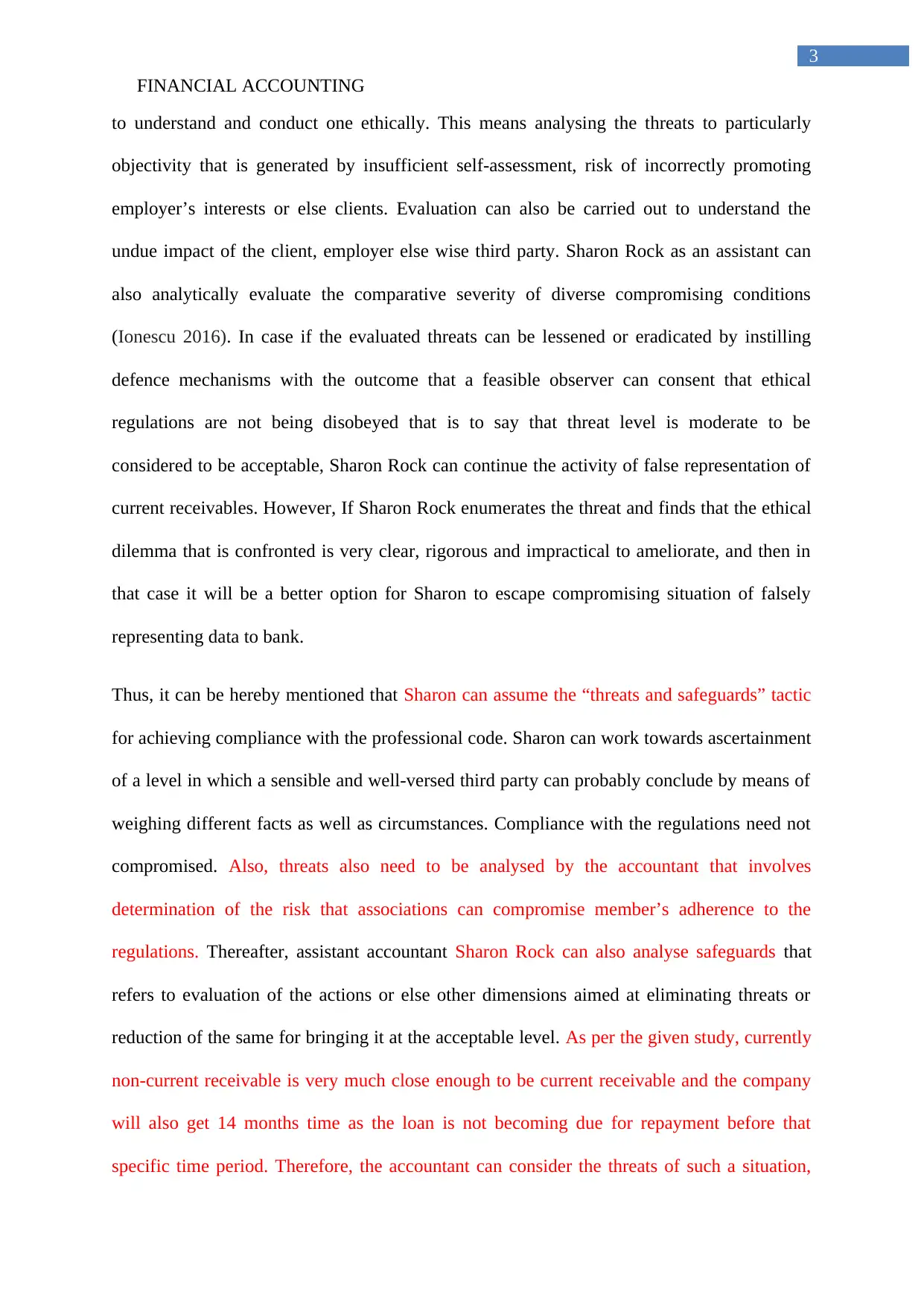

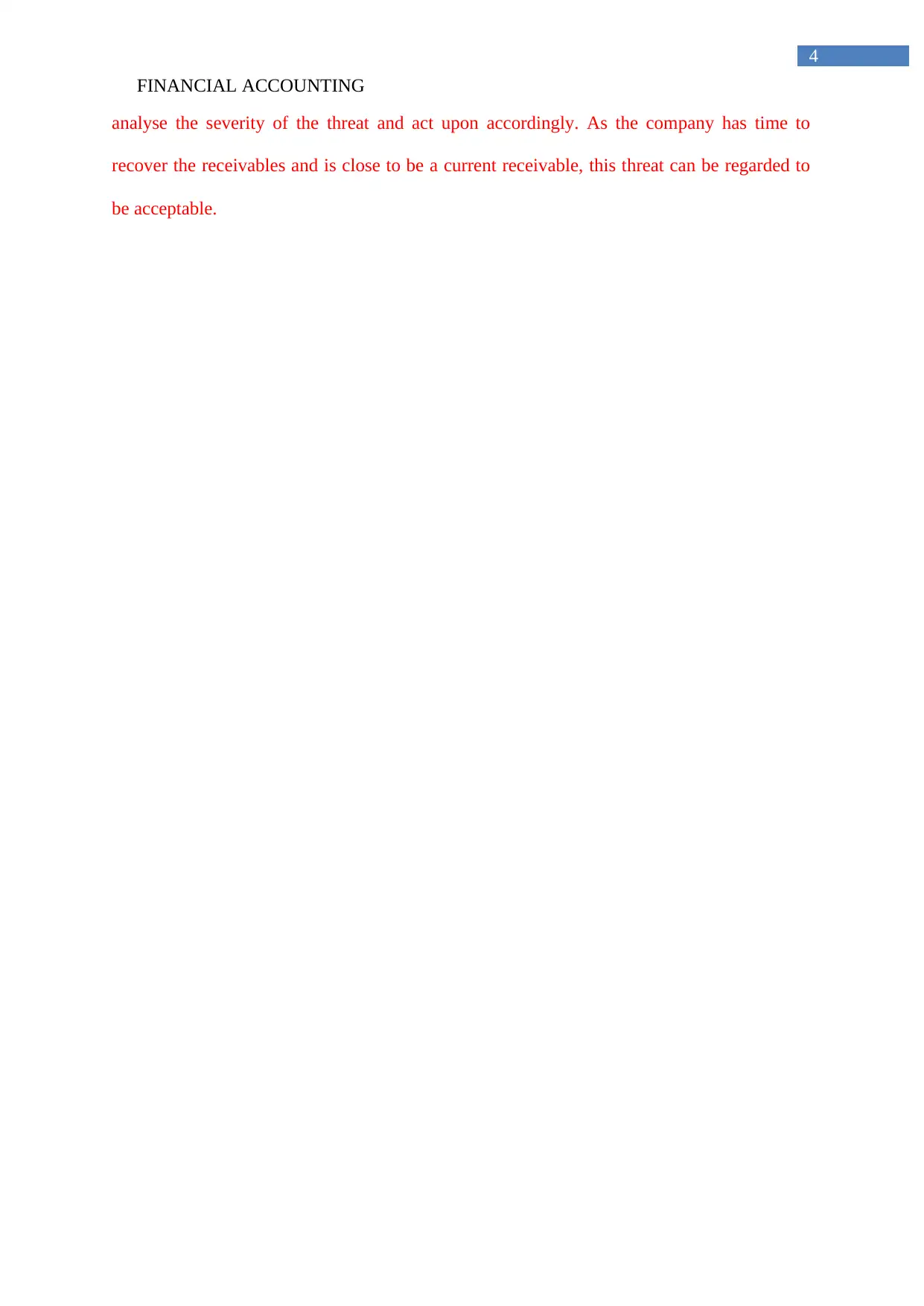
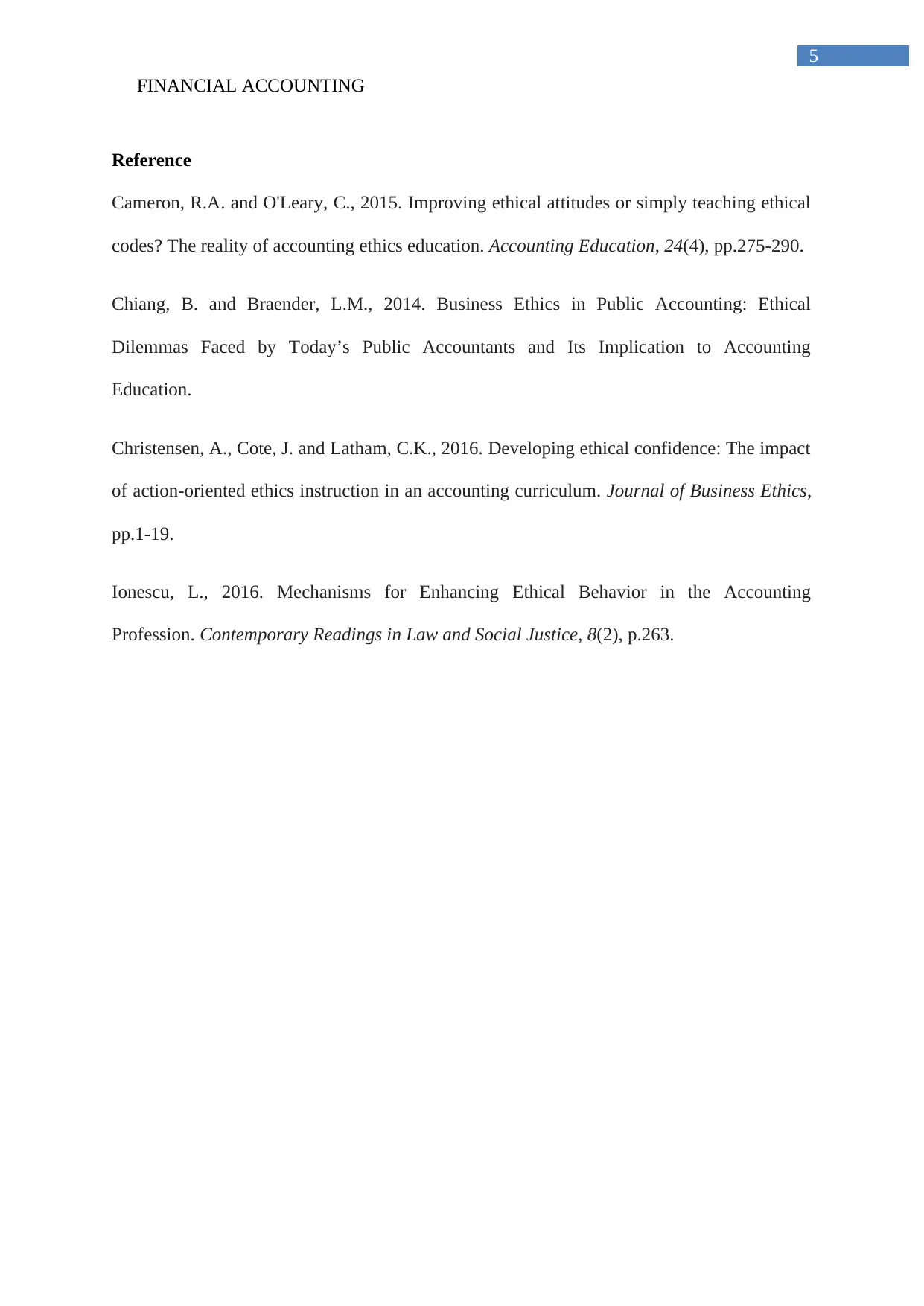






![[object Object]](/_next/static/media/star-bottom.7253800d.svg)